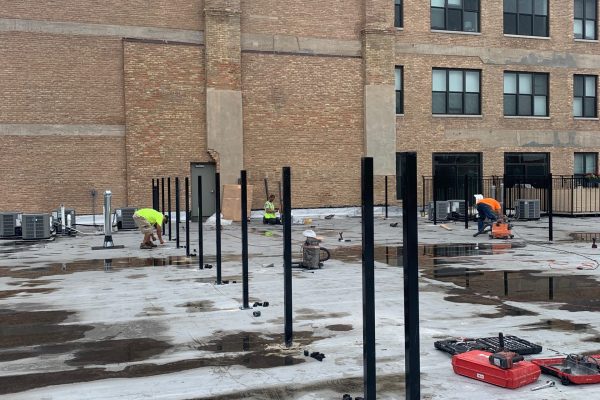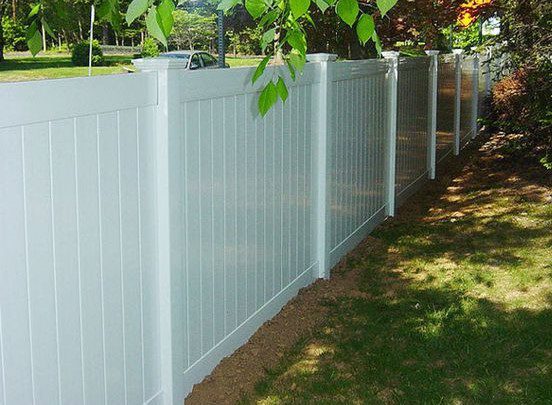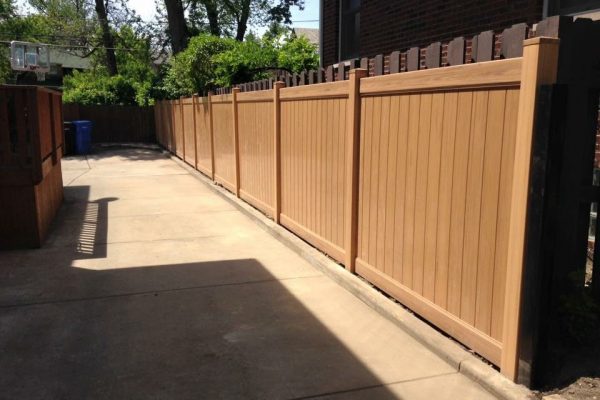Fence Installation Etiquette
These are a few rules for fence installation. Have good communication with your neighbor to define property lines. as a result of this, you can get the exact measurement for the fence installation etiquette.
Installation of fences
When installing a fence, you shouldn’t think about yourself. You should consider your neighbors as a rule of cohabitation and fence installation etiquette. Know if the type of fence you want is allowed in your neighborhood. If there are no problems in that sense, then install your fence. If there are rules in the neighborhood, consider them. But go ahead with the installation.
Property Lines
The lines to delimit a property sounds logical. Know where your property begins and where it ends? Review your house plans. If you don’t have them, ask your county records office for the documents.
Be polite and talk to your neighbor
You have the right for the fence installation etiquette inside your property. But courtesy to your neighbor is a good way to avoid legal problems. A fence is a line, not a wall to create conflict. You and your neighbor may think about placing a fence, you can work together on the project and share the costs.
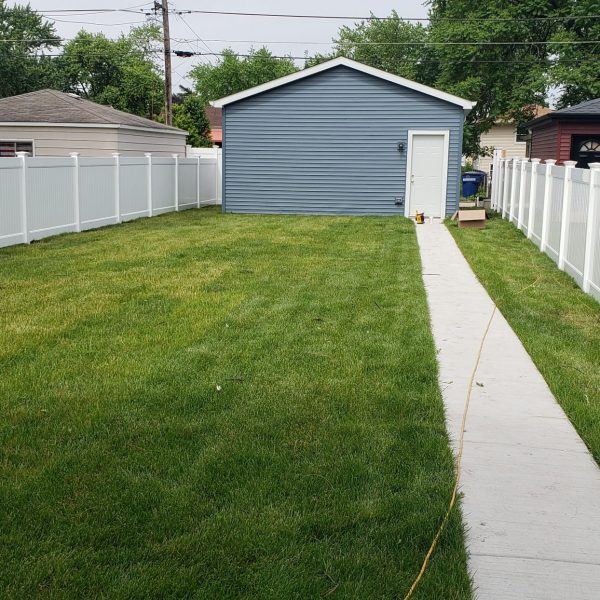
Maintain the fence
If you want your fence to look good, the paint won’t fade, stay clean, and the wood won’t rot. It must be properly maintained.
If you can’t handle the maintenance of a wood fence, consider aluminum as an alternative. A darker colored fence will also show less dirt than a lighter one and will not need to be cleaned as often.
If you follow these recommendations it will be easier for you to enjoy having a fence on your property.
Even if the fence is ours, that doesn’t mean the lack of maintenance isn’t going to affect your neighbor. It actually does. That is why it is important to keep your fence in good condition. Beyond the aesthetic part, we also recommend Fence Maintenance Tips For Summer . This is to prevent things from spreading. One example is insects. Insects can actually spread from a fence to another. If yours has some, they could travel all the way to your neighbor’s and that could cuse a big issue. So, make sure that you always keep your fence in top condition.
Expose the best side of the fence to the neighbor
Certain types of fences have a finished side or a “good” side. The finished side should face your neighbor. Not only is it more polite, but it is the standard. Your property will look much better with the “good” side facing the outside world. There are also fences that look identical on both sides. They are called “good neighbor fences” for this reason.
Choose the right design
Depending on the neighborhood, some have strict rules on what can be built and what can’t. Sometimes, this happens a bit more often in HOAs. We already have a guide regarding fences in HOAs, you can check that out as well. But, back to fence etiquette. If you want to install a new residential fence, you should choose a design that matches the neighborhood. Some people get a bit picky when it comes to things that do not combine with the houses. That is why you should make a good habit of choosing things that both combine with your home and the neighborhood. While freedom when installing a fence is good, you should always think of your neighbors as well. That is good fence etiquette.
Shared fence etiquette
There are some situations when a fence benefits neighbors. Especially those who share boundaries at their homes. When that happens, it is important to also establish some fence etiquette. How can you start though? Well, the first thing is to have communication. Fence installation with shared lines or boundaries can be done easier if the neighbors are in good terms. Just by talking you can inform your neighbor of your intentions of installing a fence. If they agree, then you can start the installation. In these cases, we recommend splitting the expenses. This will be a lot cheaper for both and the fence will benefit the two properties. Just remember to always have a good communication with your neighbor.
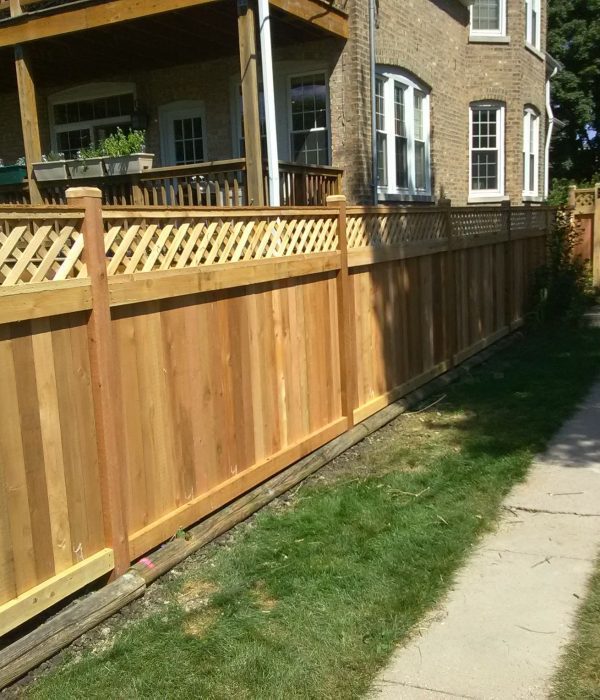
Shared fence maintenance
Like the above point, communication is key. Some neighbors love paying for the new fence but they don’t like to pay or do maintenance. It is important that you establish some rules when it comes to maintenance. We’ve already talked about how to check your fences for damage. You should always focus on these before installing a fence. If there is no one able to give the fence maintenance, it’ll be like wasting money. And even the cheapest material can present some expensive repairs or a brand new fence. So, avoid these things by establishing a maintenance schedule or order.
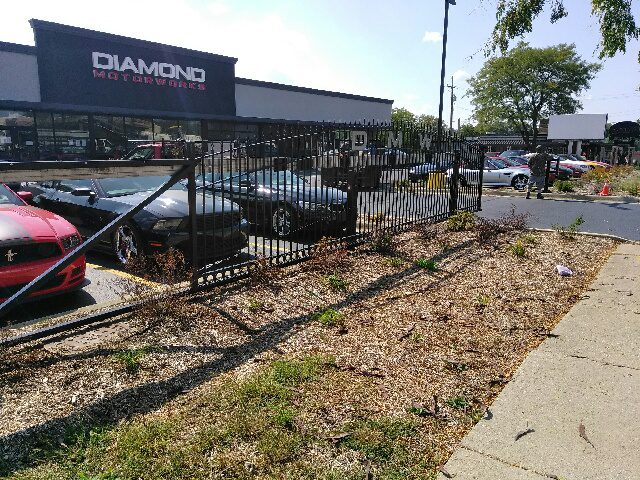
Commercial fence etiquette
In the commercial sector, it is rare to see disputes about fences. Commercial properties usually have property lines that do not cross others. Given the size of the place. However, that doesn’t mean it won’t happen. If it happens, we recommend always talking with the owner of the property too. We have seen that commercial property owners are a lot more flexible when it comes to shared fencing. As long as there is communication, of course. So, that is a plus side when sharing a fence in commercial properties. However, it is not that common.
Discuss your fencing project
While no one is obligated to tell the neighbors about the fencing project, it is good manners. Why? Depending on the material, the installation might require some drilling. This process isn’t a quiet one. So, informing your neighbors that things might get noisy for a day or two, is good. The same happens depending on the size of the fence. You should always let your neighbors know about any changes that might occur in the neighborhood. While almost all installations can be done in a day, it is better to keep everyone informed before anything bad happens.
Watch the height
Most homeowners love tall fences. They are great for privacy and no one has anything against them. Well, most people don’t. Some people don’t like to have a huge fence covering their views. Some neighbors install a fence that go some meters highers than their own fence. This can cause a weird thing with the fencing project and your neighbors. What you can do is discuss the height of the fence before installing it. That way, your neighbor can give you feedback before the fence is installed.
Never let an unfinished fence
This is more on the side of contractors but, it can happen too. So, sometimes we just want the side of the fence that looks good on our side or rather, that faces the street. That way people can see the good fence of our homes. But, think about your neighbors, they might get the bad side. Try to always get both sides in a good way so everyone enjoys the look on the fence.
These are our fence etiquette tips that we’ve seen throughout our years of installing fences. For more fence etiquette tips remember to follow us and if you need a fence, call for a free quote!
